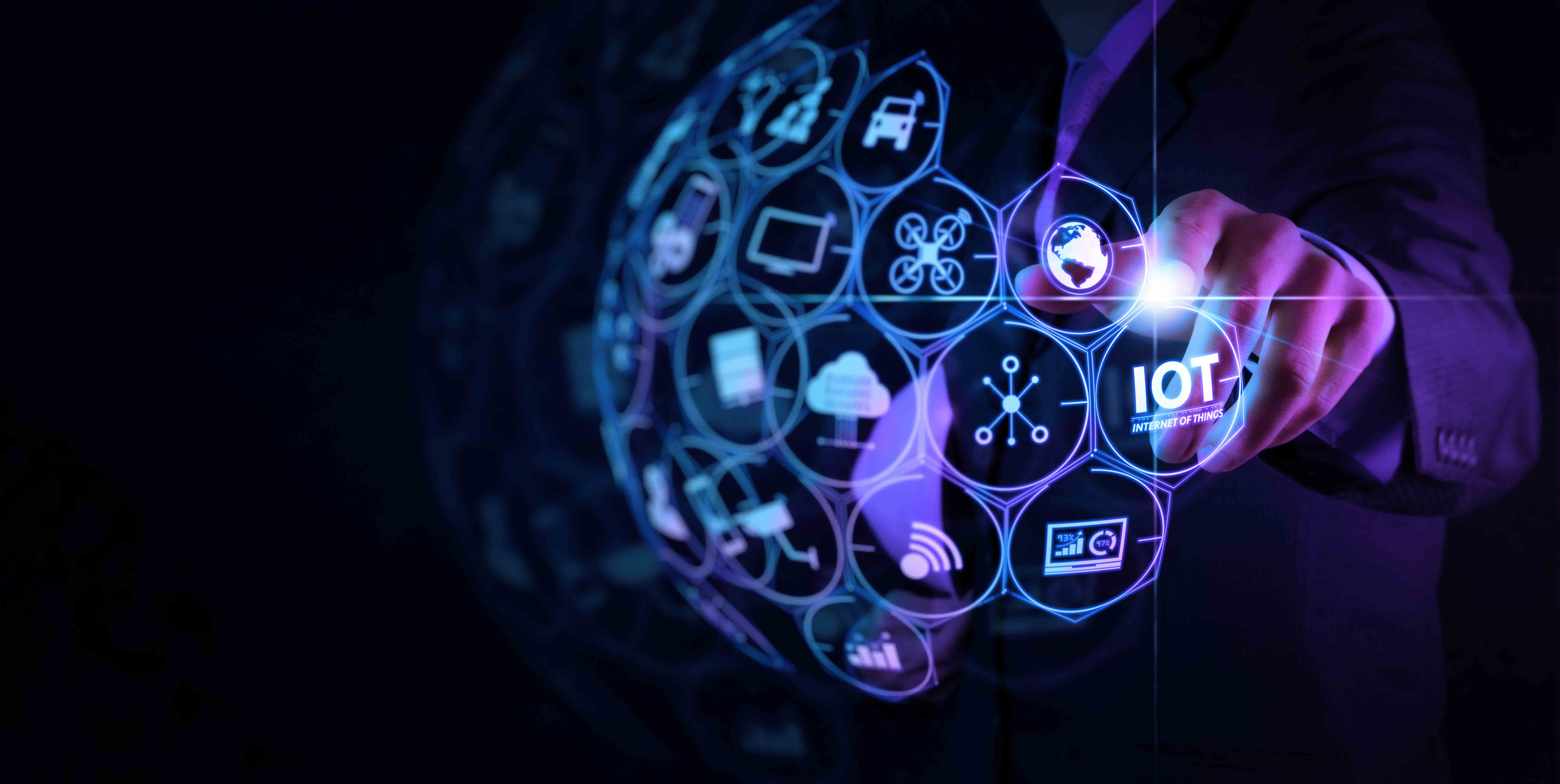- info@ezeetechgroup.com
- +971 589612390 ,+91 9686258007
Big Data – IoT – AI
Big Data – IoT – AI
"Big Data," "IoT" (Internet of Things), and "AI" (Artificial Intelligence) are three distinct but interconnected concepts in the realm of technology and data-driven solutions.
1. **Big Data:**
Big Data refers to the vast volume of structured and unstructured data that is generated by various sources, such as social media, sensors, devices, and other digital interactions. This data is often characterized by its three V's: Volume (large amount of data), Velocity (high speed at which data is generated), and Variety (diversity of data types). Big Data technologies and techniques are used to process, analyze, and derive meaningful insights from this data. The insights gained from Big Data can be instrumental in making informed decisions, identifying trends, and gaining a competitive edge in various industries.

2. **IoT (Internet of Things):**
IoT refers to the network of physical objects, devices, vehicles, buildings, and other items embedded with sensors, software, and connectivity to collect and exchange data over the internet. These devices can communicate with each other and with central systems, enabling the seamless exchange of information and remote control. IoT applications can range from smart home devices like thermostats and smart speakers to industrial applications like connected machinery and supply chain management. The data generated by IoT devices contributes significantly to the Big Data ecosystem.
3. **AI (Artificial Intelligence):**
AI involves creating machines and software that can mimic human cognitive functions such as learning, problem-solving, reasoning, and decision-making. Machine learning, a subset of AI, involves training algorithms on data to enable them to improve their performance on a specific task over time. AI systems can analyze large volumes of data quickly and efficiently, uncovering patterns and making predictions that can inform decision-making. AI's capabilities are leveraged across various domains, including healthcare, finance, manufacturing, and entertainment.

The Intersection:
The synergy between these three concepts is evident. IoT devices generate enormous amounts of data, which contribute to the Big Data landscape. AI and machine learning techniques are then applied to analyze this data, uncover hidden insights, and predict outcomes. For example, in a smart city scenario, IoT sensors placed throughout the city can gather data on traffic patterns, air quality, and energy usage. This data can be analyzed using AI to optimize traffic flow, improve air quality, and enhance energy efficiency.
In summary, Big Data, IoT, and AI are interconnected technologies that collectively enable organizations and individuals to harness the power of data to drive insights, automation, and informed decision-making across a wide range of applications and industries.

